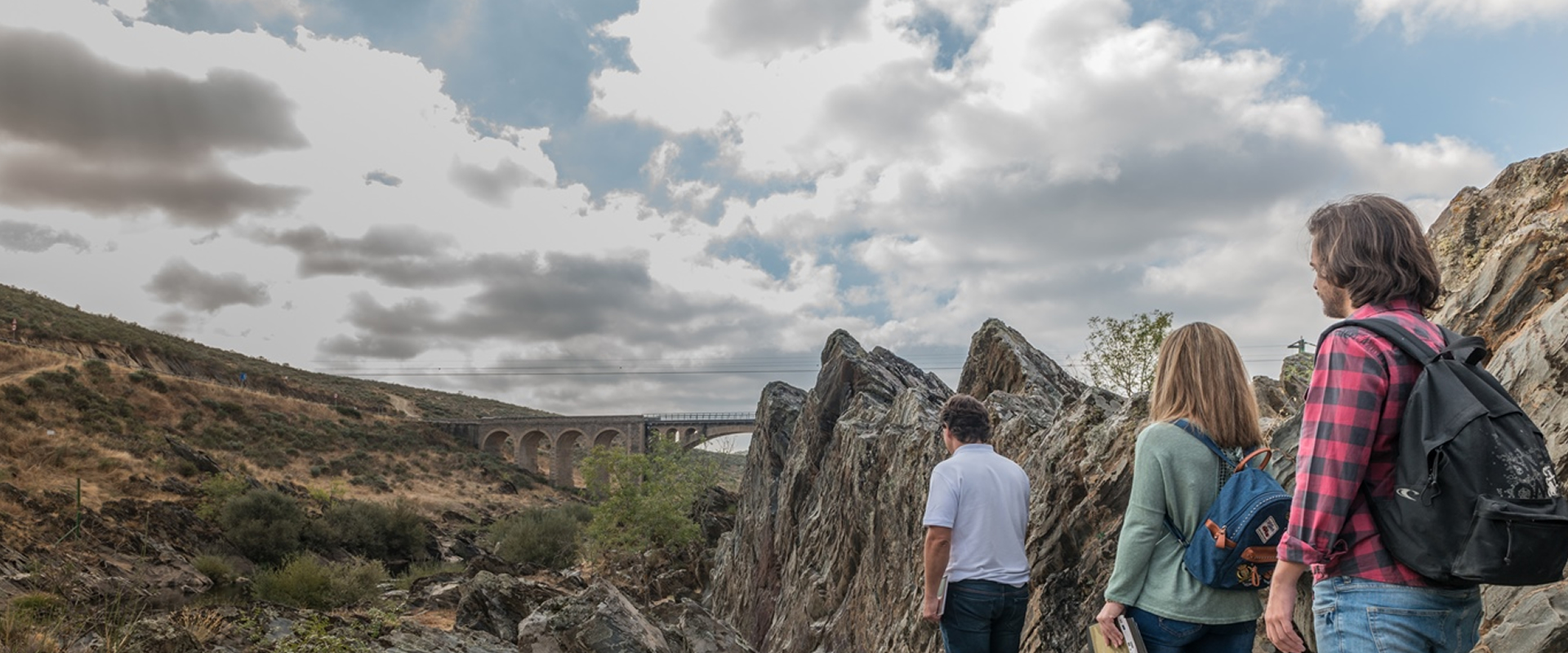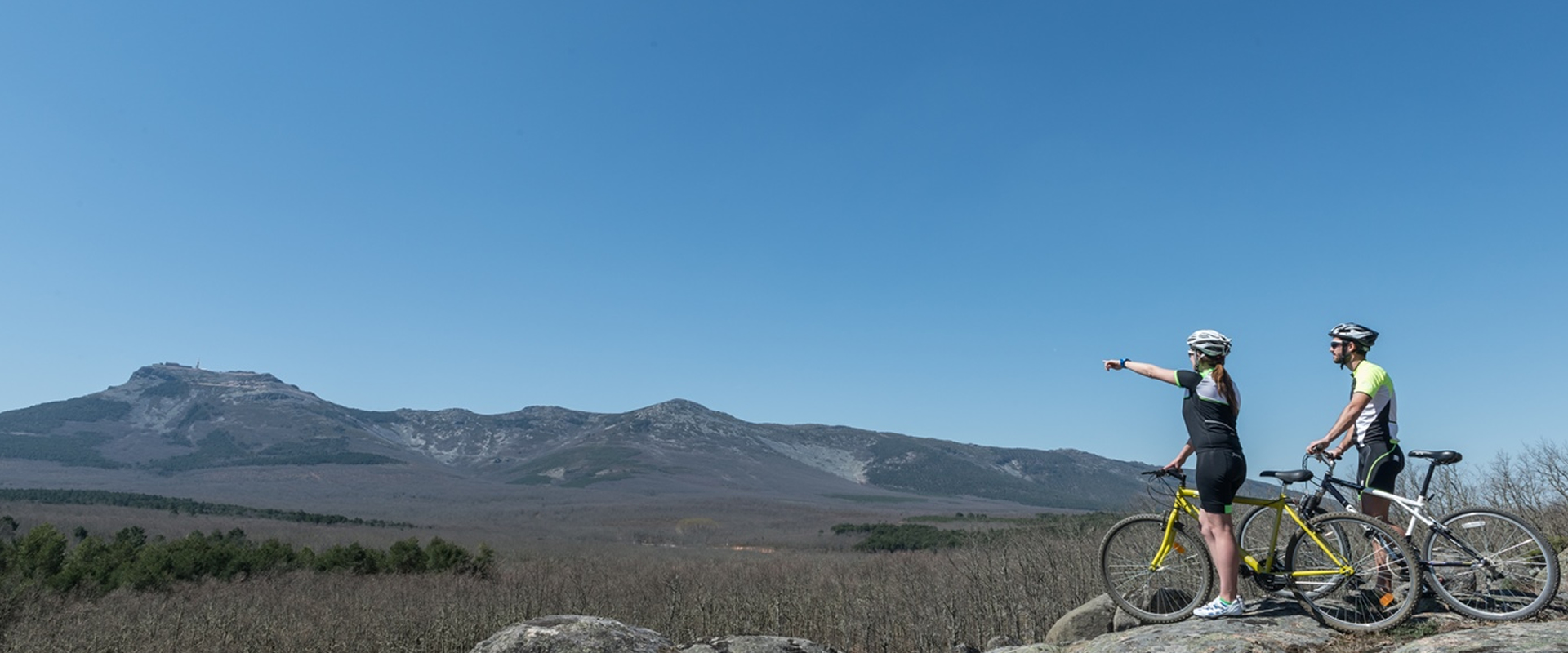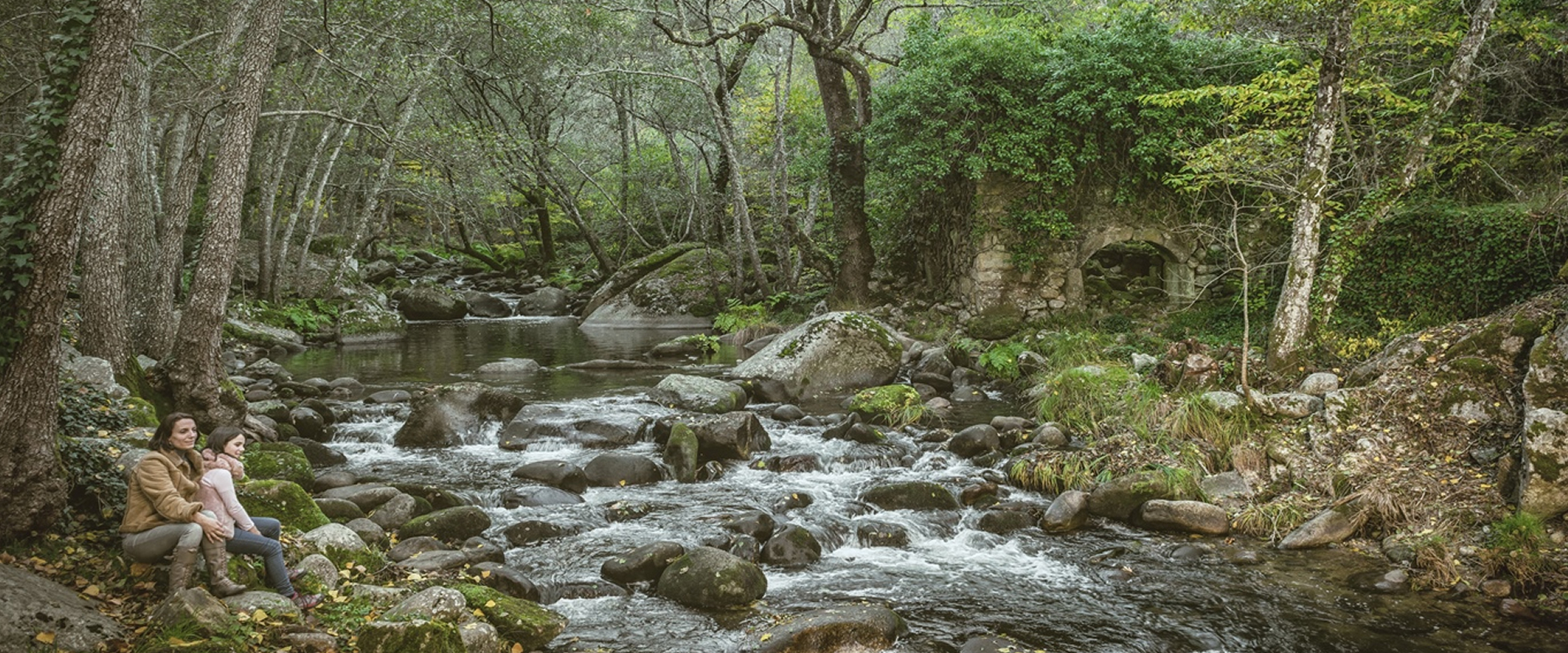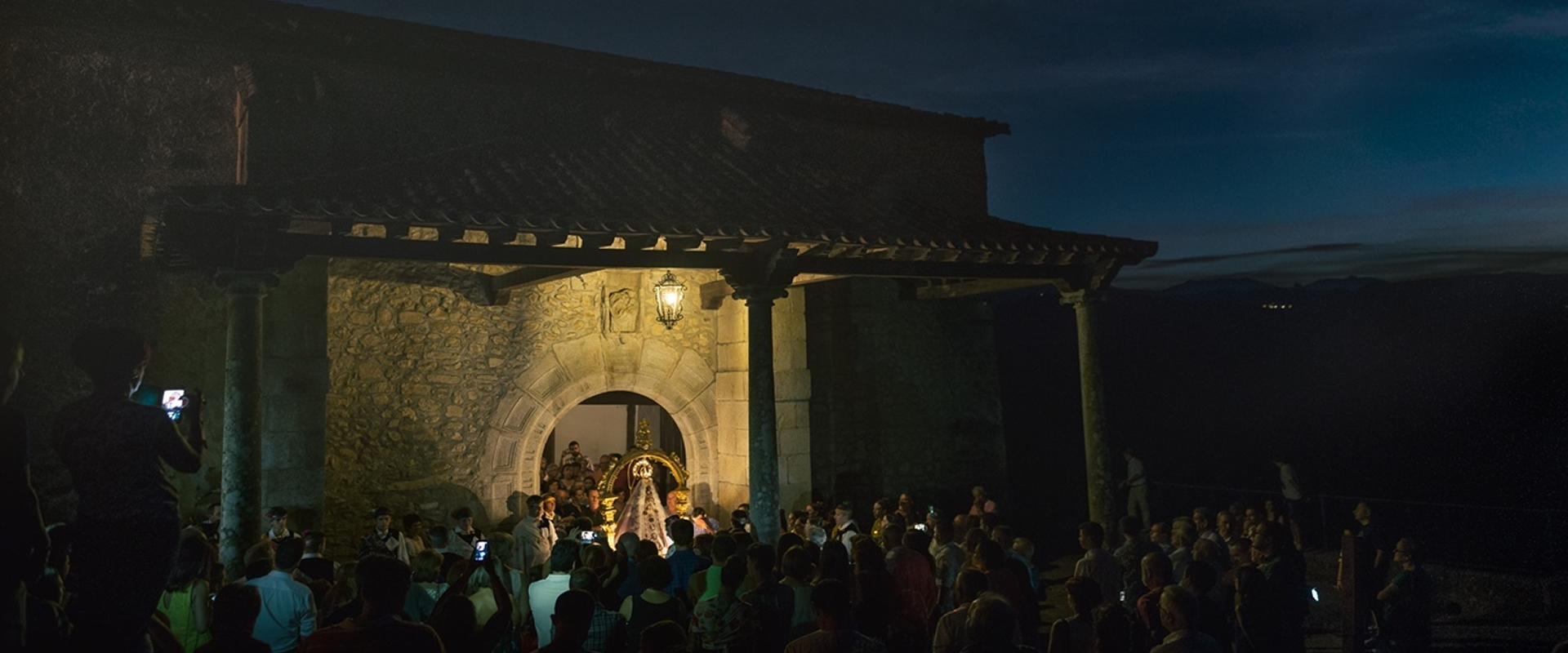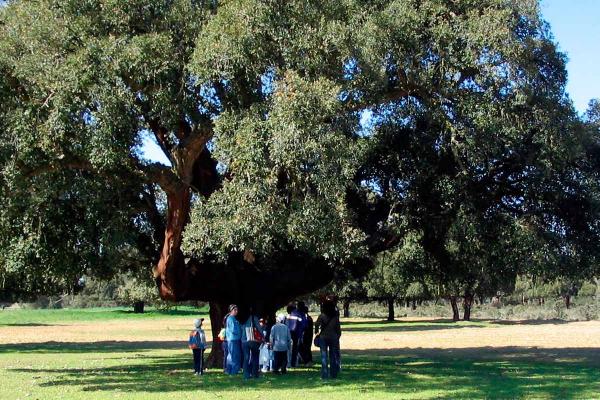Qué hacer
-
Nature Art Paths, in the Sierra de Francia
Four interesting routes located in the amazing region of the Sierra de Francia are included in the Nature Art Paths (Caminos de Arte en la Naturaleza).
-
Hiking when the power of nature explodes again
Spring, for example, is an ideal time to practise hiking in the province.
-
Cathedrals of La Armuña
La Armuña are the territories north and east of the capital city, covered in cereal fields. The sight overlooks the whole horizon, which is solely interrupted by the silhouettes of the churches.
-
Puente del Congosto Castle
There are few landscapes in Salamanca as breathtaking as the village of Puente Congosto with the uncontrollable river Tormes, the medieval bridge and the castle. In fact, the main function of the castle is defending the bridge, which is also the Cañada Real Soriana Occidental.
-
Valdelosa Cork oak Trees
This old cork oak can be found in the north of the capital city, around Valdelosa village. The cereal fields are mixed with a forest full of Pyrenean oaks, holm oaks and Gall oaks. And among all of them we can see the naked red cork oak trunks.
-
Los Arapiles
Los Arapiles, two hills and a wide plain, are situated 8 km to the south of Salamanca city. These three places have been declared Historical Site. On the 22nd July, 1812 one of the most important battles of the Peninsular War took place there, the battle of Salamanca.
-
Alive Cathedrals
The sky in Salamanca is not only almost touched by the pinnacles and vanes of the Cathedrals, but also by some vegetal elements which try to get to the sky as well. These are hundred-year-old trees which are scattered our geography and some of them are even older than 500 years old.
